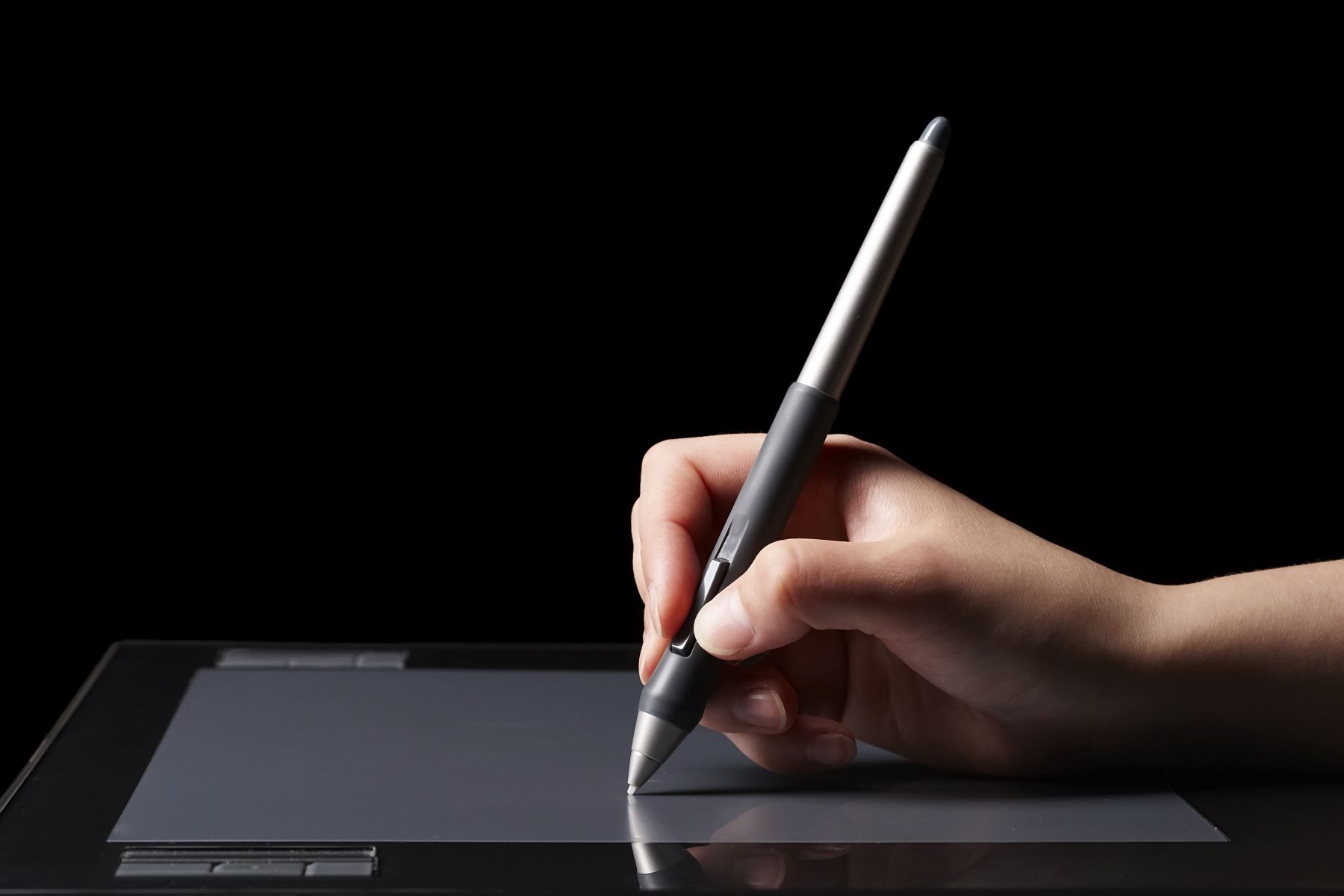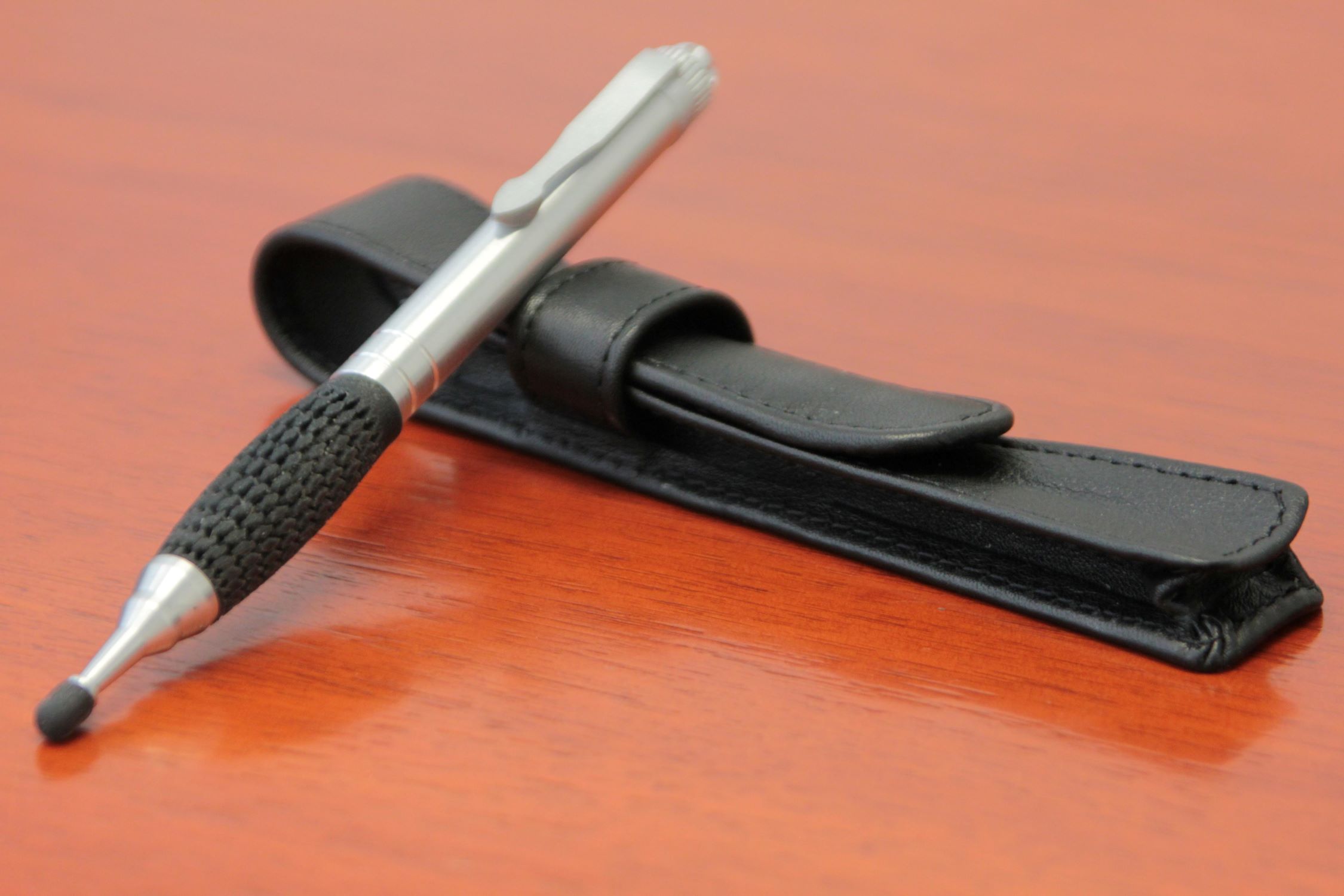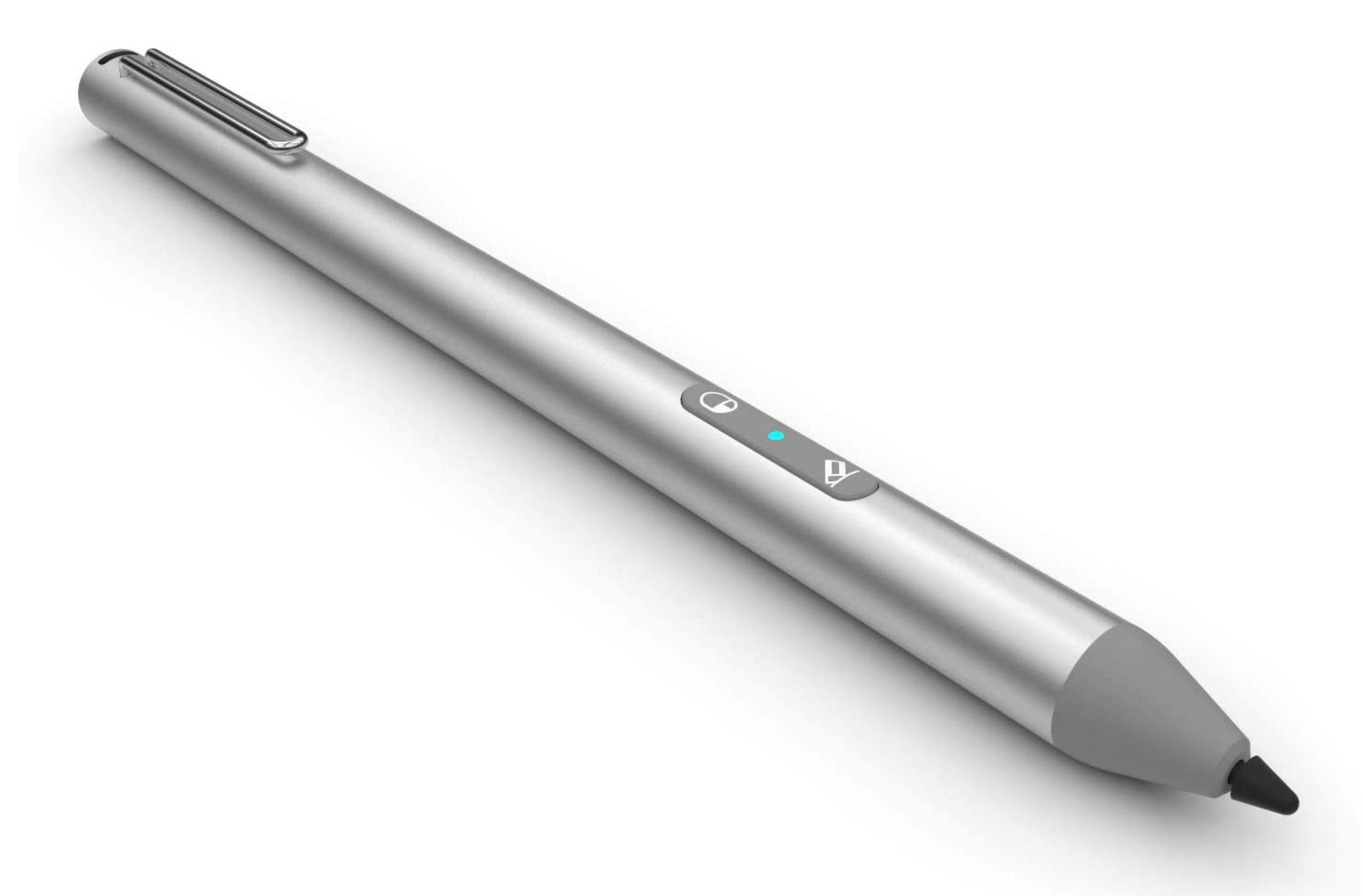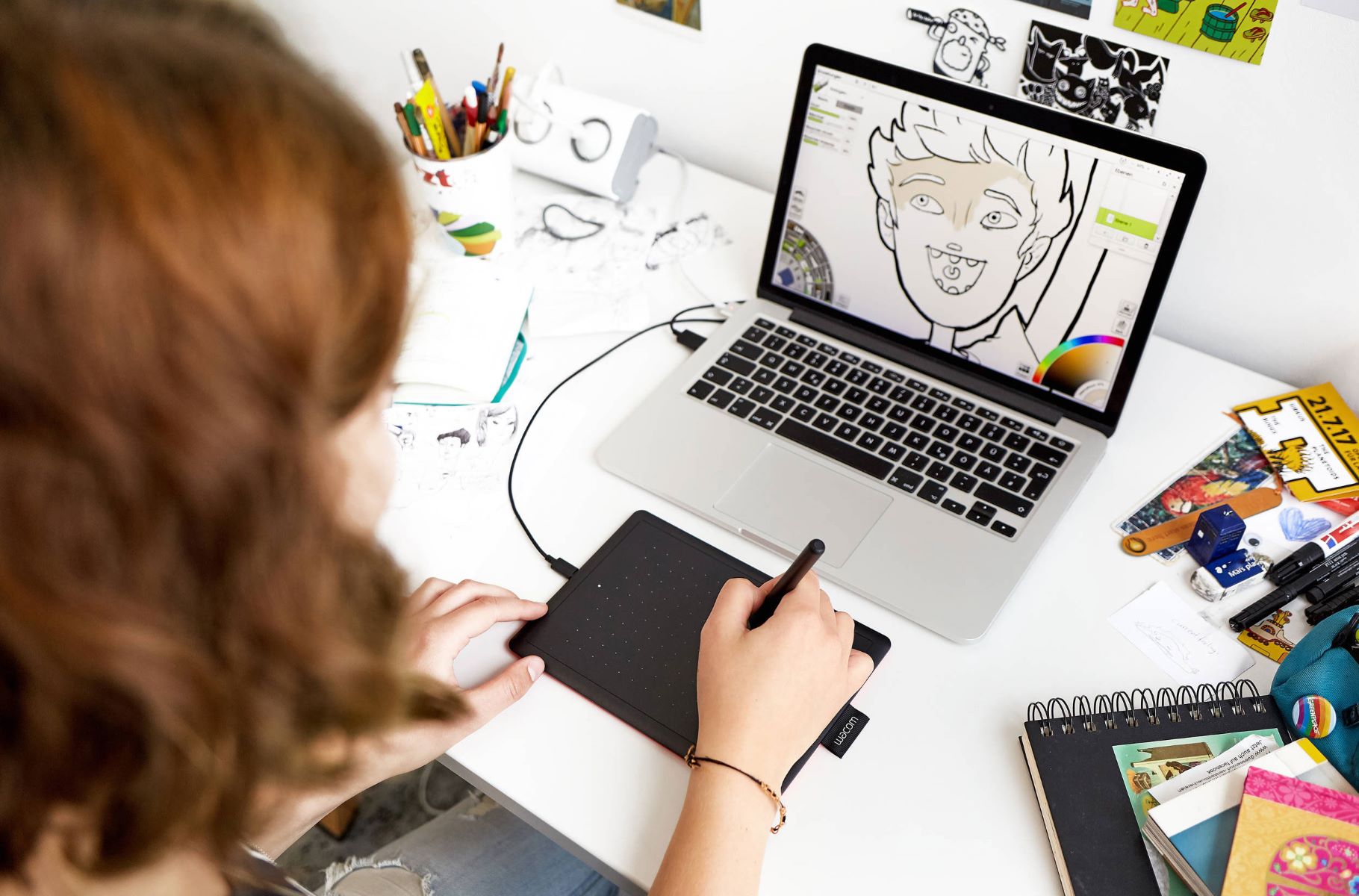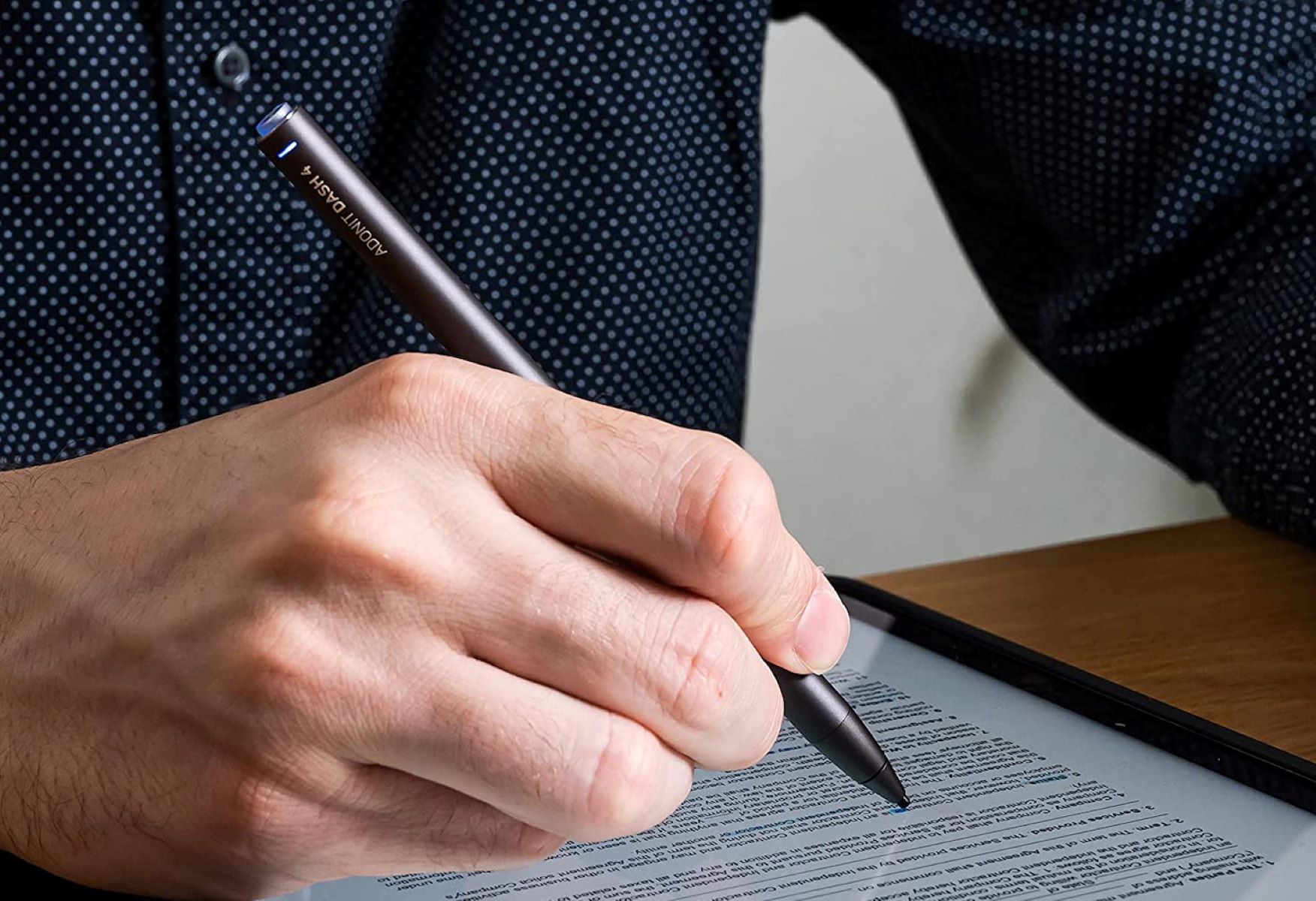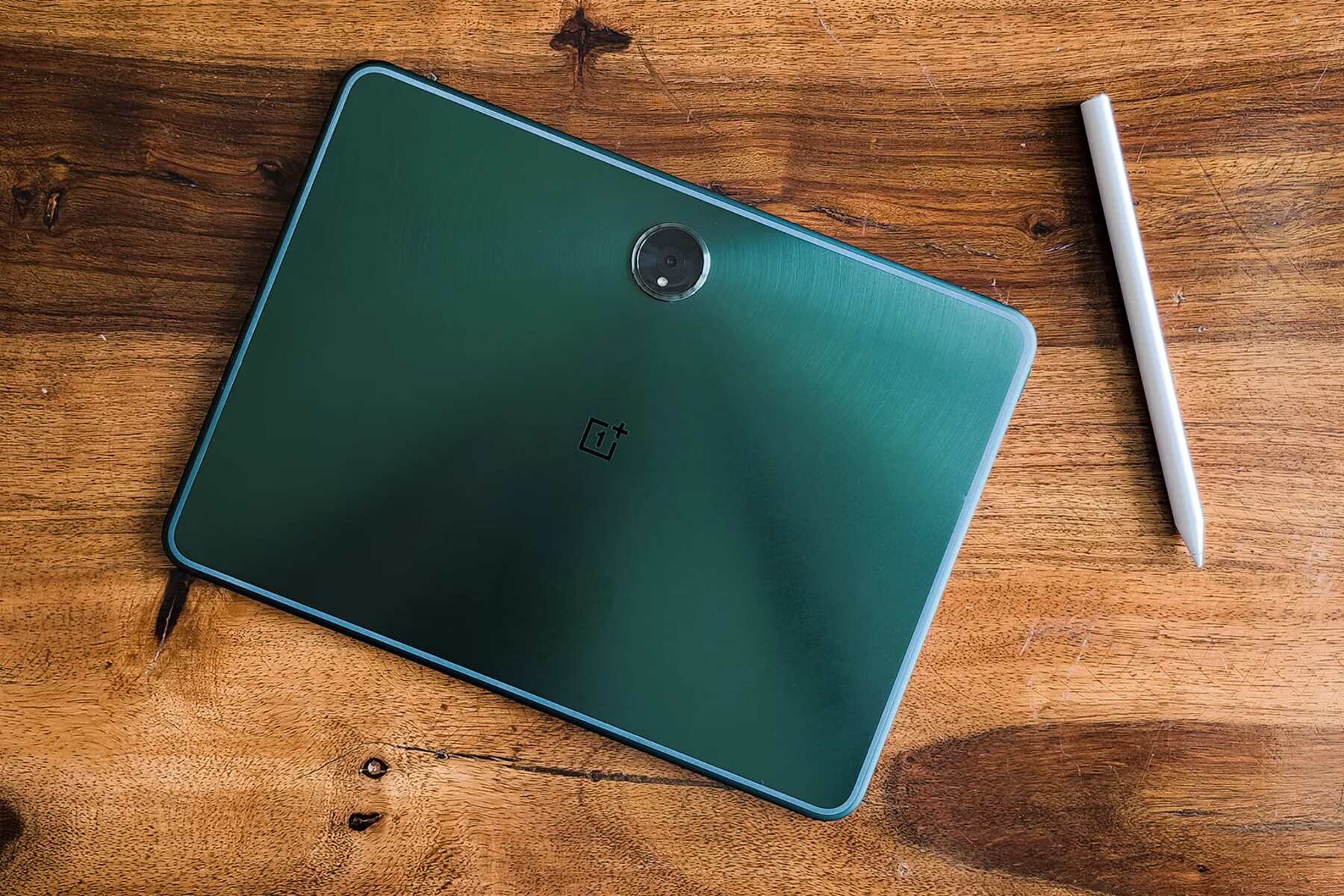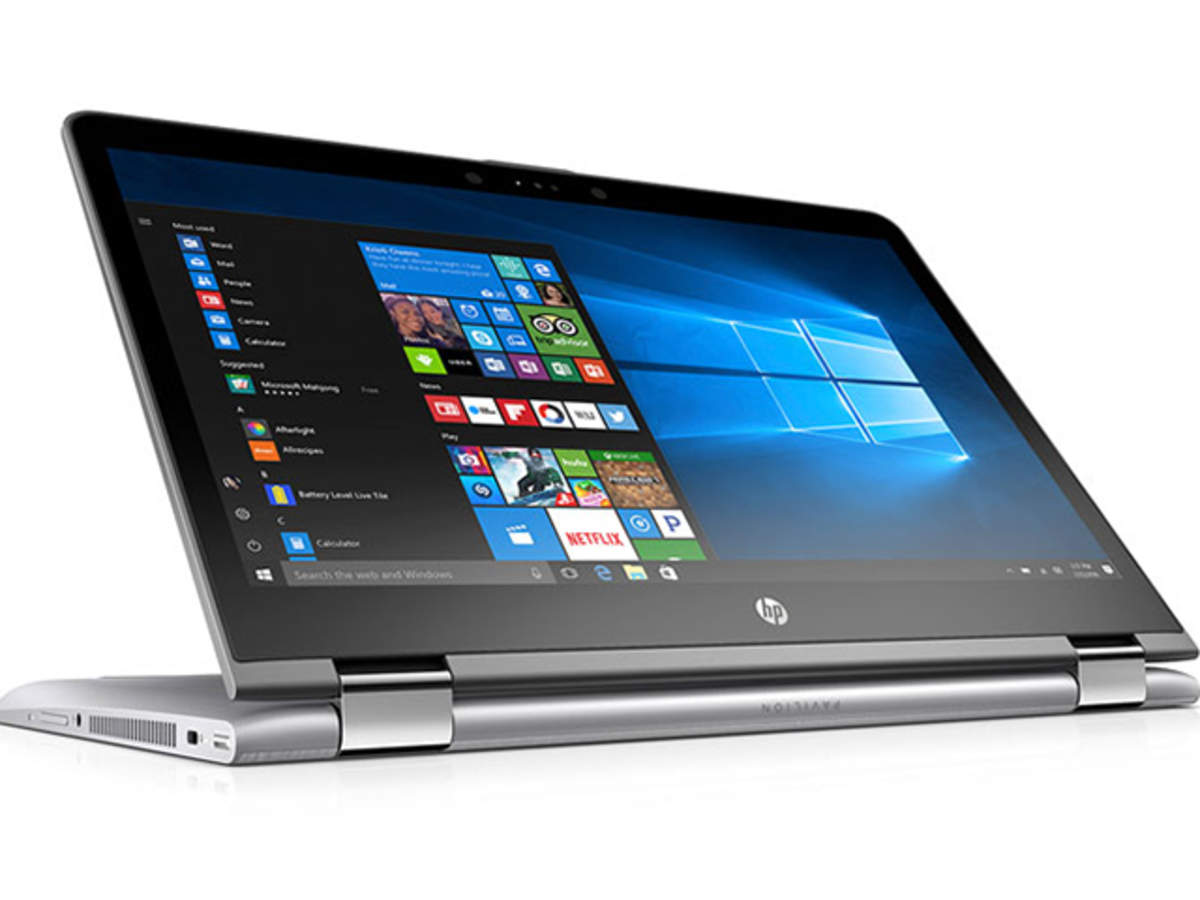Introduction
Touch screen styluses have become essential tools for various digital activities, ranging from drawing and note-taking to navigating electronic devices with precision. As the name suggests, these styluses enable users to interact with touch screens in a manner that simulates the natural experience of writing or drawing with a traditional pen or pencil. Understanding the working mechanism of touch screen styluses is crucial for anyone seeking to optimize their digital experience, whether for professional or personal use.
By delving into the intricacies of touch screen styluses, we can gain valuable insights into their functionality, different types, and the factors to consider when choosing the right stylus for specific tasks. Additionally, exploring the underlying technology of capacitive and resistive styluses, as well as the significance of pressure sensitivity, provides a comprehensive understanding of these innovative tools. This article aims to demystify touch screen styluses, shedding light on their working mechanisms and empowering users to make informed decisions when selecting the most suitable stylus for their needs.
How Do Touch Screen Styluses Work?
Touch screen styluses operate based on the principles of capacitance and resistance, depending on the type of touch screen technology they are designed to interact with. Capacitive styluses are engineered to mimic the electrical properties of the human finger, allowing them to register touch input on capacitive touch screens, which are commonly found in smartphones, tablets, and other modern devices. These styluses typically feature a conductive tip, often made of materials like rubber or silicone, which enables the transfer of electrical charge from the stylus to the touch screen, triggering a response.
On the other hand, resistive styluses are designed for use with resistive touch screens, which consist of multiple layers that respond to pressure. When a resistive stylus is pressed against the screen, it causes the layers to make contact at the specific point of pressure, thereby registering the input. Unlike capacitive styluses, resistive styluses do not rely on electrical conductivity and can be used with a wider range of devices, including those with less advanced touch screen technology.
Moreover, some styluses incorporate additional features, such as pressure sensitivity and tilt recognition, to provide a more natural and versatile user experience. Pressure-sensitive styluses can vary the line thickness or opacity of digital ink based on the pressure applied, making them ideal for tasks that require precision and artistic expression. Tilt recognition enables the stylus to detect the angle at which it is held, allowing for more nuanced control, particularly in drawing and design applications.
Understanding the fundamental operation of touch screen styluses is essential for harnessing their full potential and leveraging their capabilities in diverse digital endeavors.
Types of Touch Screen Styluses
Touch screen styluses come in various types, each tailored to specific user preferences, device compatibility, and intended applications. The diversity of stylus options allows individuals to choose the most suitable tool based on their unique needs and creative pursuits.
1. Capacitive Styluses: These styluses are designed for use with capacitive touch screens, utilizing a conductive tip to replicate the touch input of a finger. Capacitive styluses are widely compatible with modern touch screen devices, offering a seamless and responsive experience for tasks such as sketching, note-taking, and general navigation.
2. Active Styluses: Active styluses, also known as digital pens, incorporate advanced technology to enhance precision and functionality. Equipped with features such as pressure sensitivity, tilt recognition, and palm rejection, active styluses are favored by artists, designers, and professionals who demand a high level of accuracy and control in their digital creations.
3. Passive Styluses: Unlike active styluses, passive styluses do not require a power source or internal electronics. They are simple, cost-effective tools that offer basic functionality for everyday tasks, making them suitable for casual users and individuals seeking an uncomplicated stylus solution.
4. Fine-Point Styluses: Fine-point styluses are engineered to replicate the precision of traditional writing instruments, featuring a narrow and precise tip that allows for detailed drawing, writing, and intricate gestures on touch screens. These styluses are popular among professionals and enthusiasts who prioritize accuracy and fine control.
5. Universal Styluses: Universal styluses are designed to be compatible with a wide range of touch screen devices, offering versatility and convenience for users who own multiple gadgets with varying touch screen technologies. These styluses often feature interchangeable tips or adjustable settings to accommodate different devices and user preferences.
By understanding the distinct characteristics and capabilities of different types of touch screen styluses, users can make informed decisions when selecting the ideal stylus for their specific creative, productivity, or navigational needs.
Understanding Capacitive and Resistive Styluses
Capacitive and resistive styluses are designed to interact with specific types of touch screens, each employing distinct mechanisms to register input and facilitate user interaction. Understanding the differences between these styluses is essential for choosing the right tool for a particular device and intended use.
Capacitive Styluses: These styluses are engineered to replicate the electrical properties of the human finger, allowing them to register touch input on capacitive touch screens. The conductive tip of a capacitive stylus enables the transfer of electrical charge to the touch screen, triggering a response similar to that of a fingertip. Capacitive styluses are ideal for modern touch screen devices, offering precise and responsive input for tasks such as drawing, writing, and navigating digital interfaces.
Resistive Styluses: In contrast, resistive styluses are designed for use with resistive touch screens, which consist of multiple layers that respond to pressure. When a resistive stylus is pressed against the screen, it causes the layers to make contact at the specific point of pressure, registering the input. Resistive styluses do not rely on electrical conductivity and can be used with a broader range of devices, including those with less advanced touch screen technology.
While capacitive styluses are favored for their compatibility with modern touch screen devices and their ability to provide precise and responsive input, resistive styluses offer versatility and compatibility with a wider range of devices. Understanding the distinctions between these styluses enables users to make informed decisions based on their specific device requirements and intended applications.
The Importance of Pressure Sensitivity
Pressure sensitivity is a pivotal feature in touch screen styluses, particularly for individuals engaged in artistic endeavors, digital note-taking, and precise input tasks. This functionality allows users to vary the thickness, opacity, or intensity of lines and strokes based on the amount of pressure applied, closely mimicking the natural behavior of traditional drawing and writing instruments.
For digital artists and illustrators, pressure sensitivity is a game-changing attribute that enhances the level of control and expression in their creative work. By applying varying degrees of pressure with a pressure-sensitive stylus, artists can achieve nuanced shading, detailed line work, and expressive brushstrokes, leading to more lifelike and captivating digital artwork. This capability significantly elevates the quality and authenticity of digital illustrations, making pressure-sensitive styluses indispensable tools for professional and aspiring artists alike.
Beyond the realm of art, pressure sensitivity also plays a crucial role in digital note-taking and handwriting applications. Users can modulate the thickness of their digital handwriting, replicate the natural variation in pen strokes, and create more visually engaging and readable notes. This feature is particularly valuable for students, professionals, and individuals who rely on digital platforms for organizing thoughts, annotating documents, and capturing ideas in a manner that closely resembles traditional pen and paper.
Moreover, pressure sensitivity contributes to a more immersive and intuitive user experience in tasks such as digital signatures, precision editing, and 3D modeling. The ability to exert varying pressure levels with a stylus enhances the precision and realism of these activities, empowering users to achieve accurate and detailed results with ease.
As the demand for natural and responsive digital input continues to grow, the importance of pressure sensitivity in touch screen styluses becomes increasingly evident. This feature not only bridges the gap between traditional and digital mediums but also opens up new possibilities for creative expression and productivity in the digital age.
Factors to Consider When Choosing a Stylus
When selecting a touch screen stylus, several key factors should be taken into account to ensure that the chosen stylus aligns with the user’s specific needs, preferences, and intended applications. By considering these factors, individuals can make informed decisions and maximize the utility of their stylus in various digital endeavors.
1. Compatibility: The compatibility of the stylus with the user’s device is paramount. Different styluses are designed for specific touch screen technologies, such as capacitive or resistive, and may offer varying levels of compatibility with different devices. Ensuring that the stylus is compatible with the intended device is essential for optimal performance.
2. Intended Use: Understanding the primary purpose of the stylus is crucial. Whether it is for artistic creation, precise note-taking, navigation, or general use, the intended application will dictate the desired features and capabilities of the stylus. For example, artists may prioritize pressure sensitivity and tilt recognition, while professionals may seek palm rejection and fine-point precision.
3. Features and Functionality: Assessing the features offered by the stylus is essential. Features such as pressure sensitivity, tilt recognition, palm rejection, customizable buttons, and interchangeable tips can significantly enhance the user experience and expand the stylus’s versatility for different tasks and creative pursuits.
4. Comfort and Ergonomics: The physical design and ergonomics of the stylus play a crucial role in user comfort, especially during extended use. Factors such as grip, weight, balance, and overall feel should be considered to ensure that the stylus provides a comfortable and natural drawing or writing experience.
5. Precision and Responsiveness: The precision and responsiveness of the stylus tip are vital considerations, particularly for tasks that demand accuracy and fine control. Styluses with fine-point tips and responsive input can greatly enhance the user’s ability to create detailed artwork, write legibly, and navigate touch screens with precision.
6. Durability and Build Quality: Assessing the durability and build quality of the stylus is important for long-term usability. Factors such as material construction, tip durability, and overall build quality contribute to the stylus’s longevity and reliability in various usage scenarios.
By carefully evaluating these factors, individuals can select a touch screen stylus that best suits their unique requirements, enabling them to leverage the full potential of the stylus in their digital pursuits.
Conclusion
Touch screen styluses play a pivotal role in enabling precise and intuitive interaction with digital devices, offering users a seamless bridge between traditional and digital mediums. By understanding the working mechanisms, types, and essential features of touch screen styluses, individuals can make informed decisions when selecting the most suitable stylus for their specific needs and creative endeavors.
The diverse range of stylus options, including capacitive, resistive, active, passive, fine-point, and universal styluses, provides users with the flexibility to choose a tool that aligns with their preferences, device compatibility, and intended applications. Moreover, the incorporation of features such as pressure sensitivity, tilt recognition, and palm rejection enhances the versatility and functionality of styluses, catering to the demands of artists, professionals, students, and casual users alike.
As touch screen technology continues to evolve and permeate various aspects of modern life, the significance of touch screen styluses becomes increasingly pronounced. These versatile tools empower users to express their creativity, capture their thoughts, and navigate digital interfaces with precision and finesse, ultimately enriching the digital experience.
By considering factors such as compatibility, intended use, features, comfort, precision, and durability, individuals can make well-informed decisions when choosing a touch screen stylus, ensuring that their selected tool enhances their digital productivity and creativity.
In essence, touch screen styluses demystify the boundaries between analog and digital expression, offering users a tangible and responsive means of engaging with the digital world. As technology continues to advance, touch screen styluses will undoubtedly remain indispensable companions for those seeking to unleash their creativity and productivity in the digital realm.







